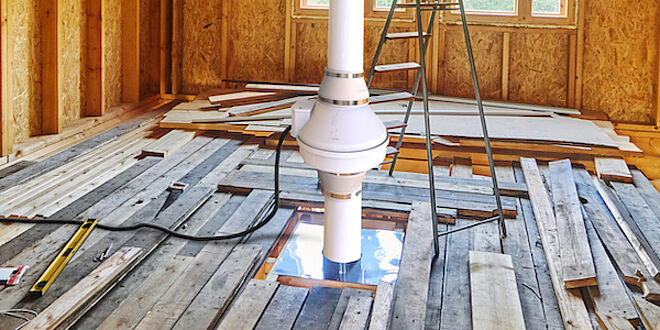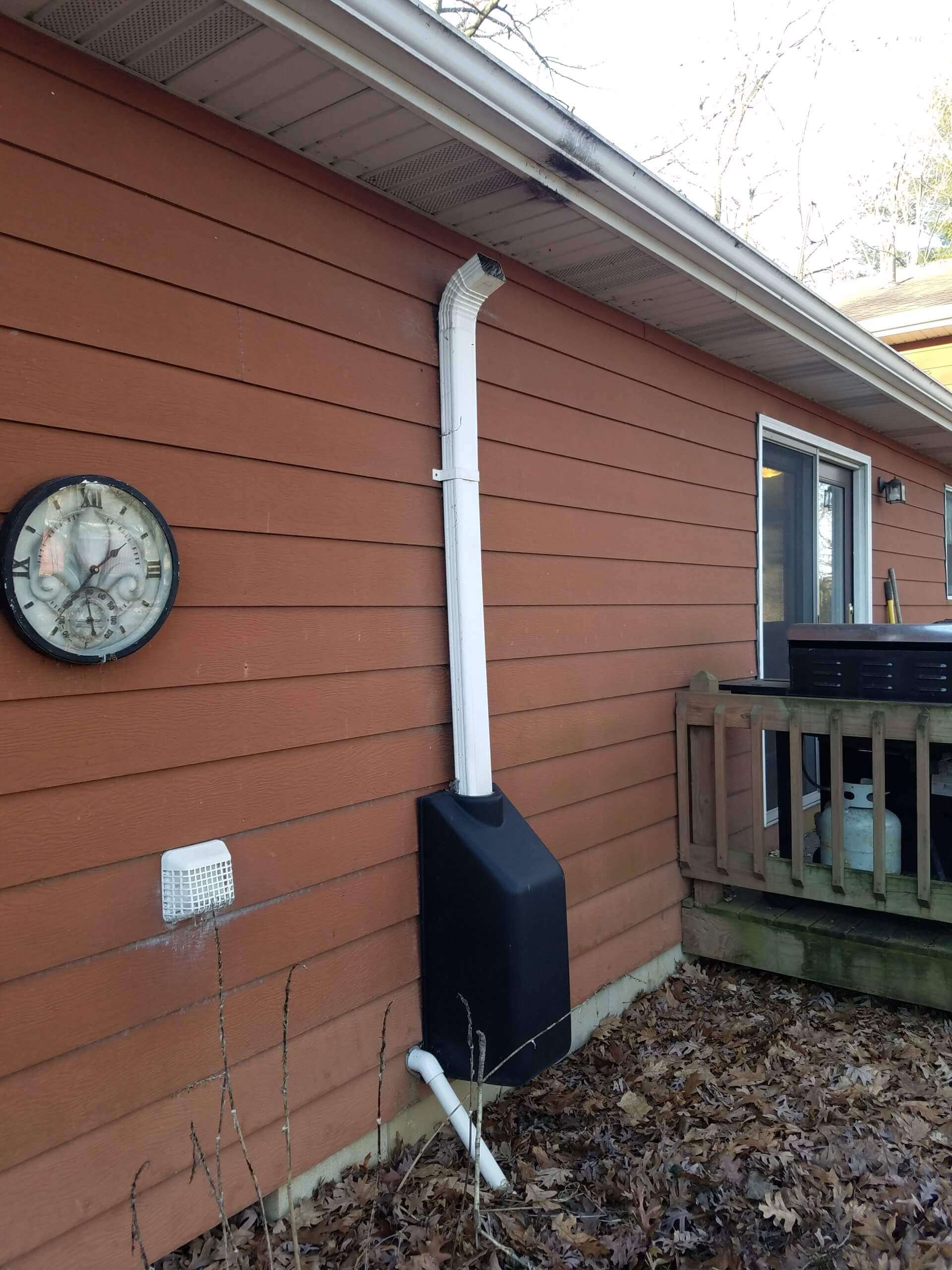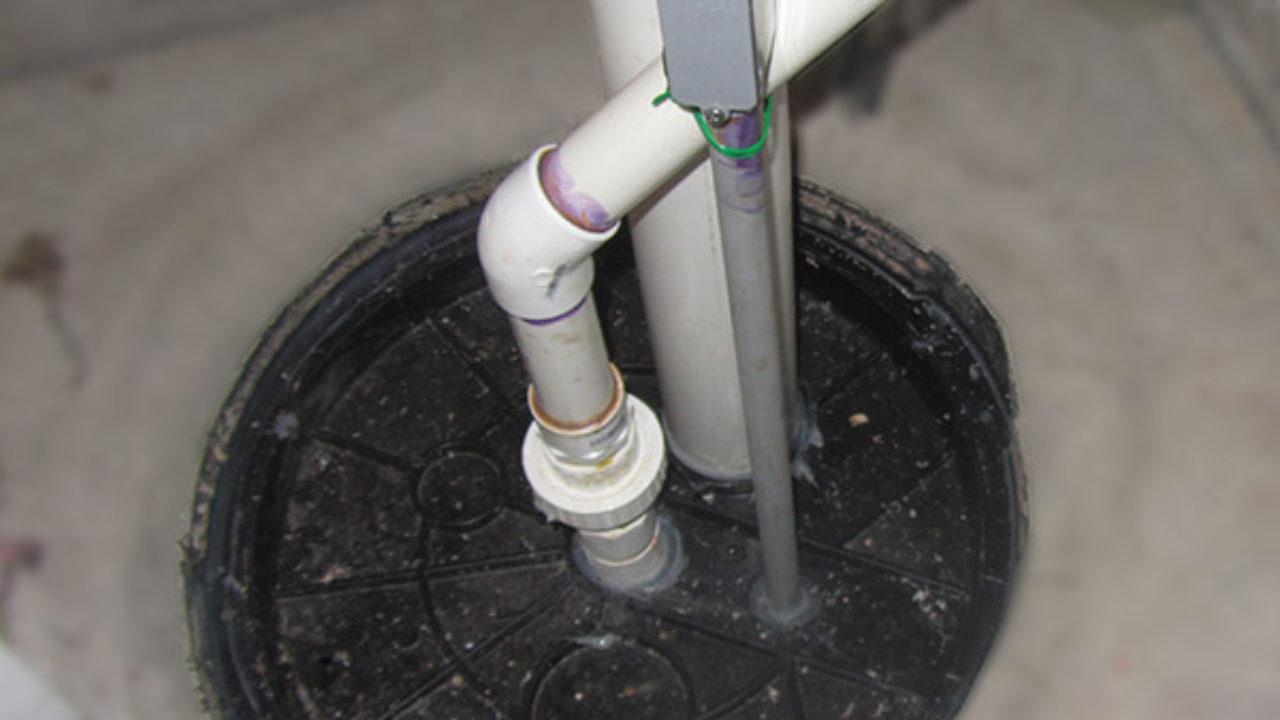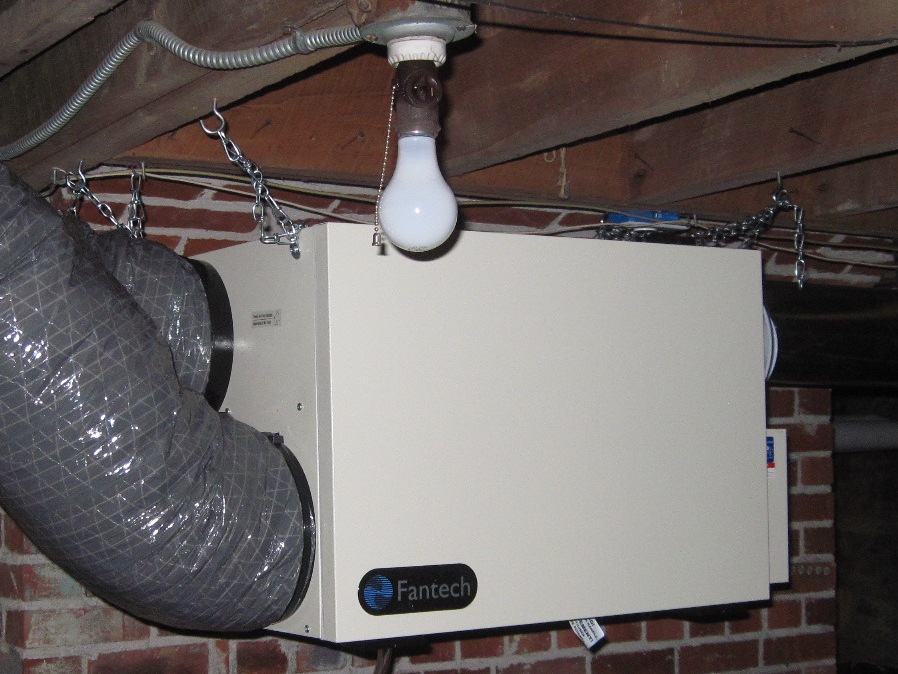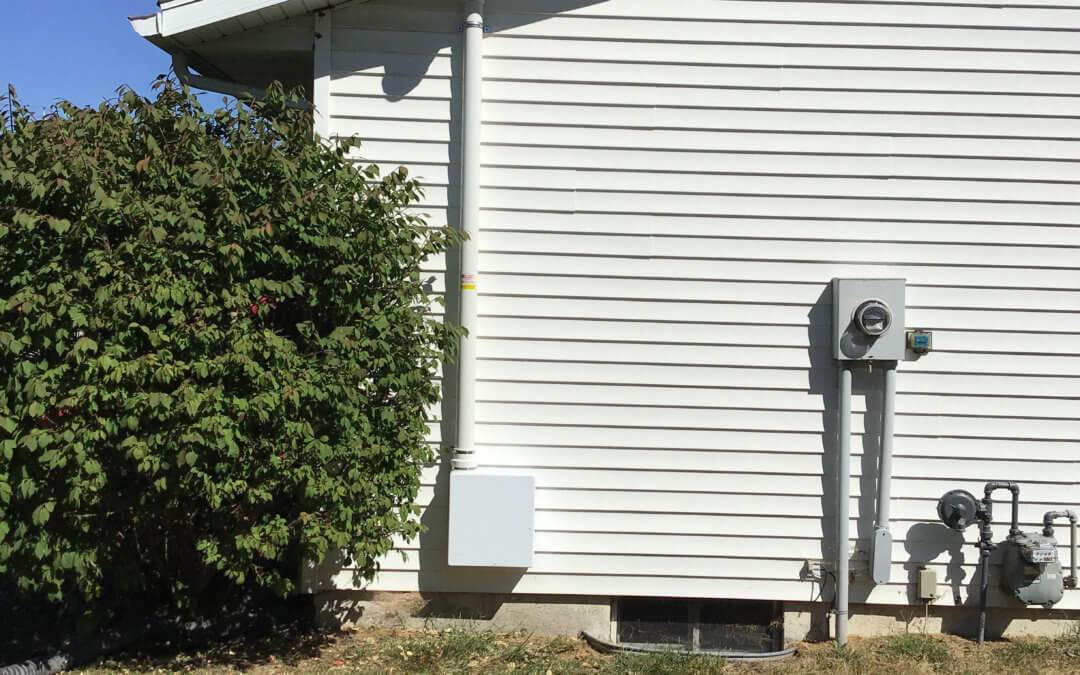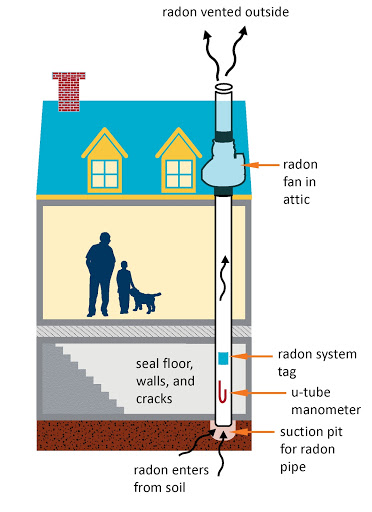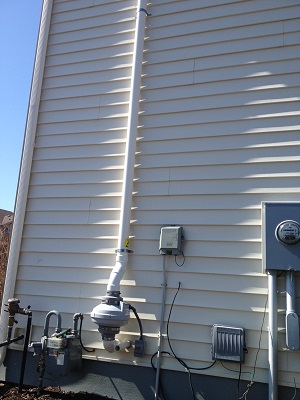Radon Fan In Attic Or Outside

Schedule 40 pvc vent pipe using 3 in.
Radon fan in attic or outside. When installing an asd system for radon reduction any openings major cracks and penetrations in the building slab or membrane must be sealed. The fan belongs in an unconditioned attic or outdoors. The radonaway rp145c radon fan is built to resist moisture and can be mounted inside or outside on a 3 in. The radon system is hidden.
If a deck or porch is within 10 of the fan that deck s height becomes the ground level to measure up 10 to the exhaust s discharge. The radon fan is the heart of the system. This makes it more inaccessible to children or animals to get at. Electrical components are out of reach.
The unit should not be inside the home. Radon fans are better protected from the elements. Radon mitigation standards require that the fan to be placed outside of the living space of the home. Radon fans and electrical components are out of reach.
Radon systems create condensation within the suction and exhaust pipes. Benefits of a radon mitigation system installed in the attic the radon system is hidden. Never install the fan in your basement or any living space because if there s ever a leak the fan could pump highly concentrated radon right into your home. The radon fan s exhaust pipe must be run to a minimum height of 10 from the ground.
So garages attics and on the outside of the house are the only acceptable locations for fan placement. All pressurized lengths of pipe need to be outside the home s conditioned space. If the radon fan is located in the attic of the house or garage you can wrap the fan with fiberglass insulation. If you ll be mounting the fan outside put it in a place where you can get electricity to it easily.
If it s indoors the fan must be located in an unfinished attic. Electrical components are out of reach. The air flowing through the fan will maintain the fan temperature. I have never found a radon fan more than a bit warm even if the motor has been stalled by some blockage so there appears to be no concern about causing a fire from the fan overheating.
Instead of having the fan and venting pipes on the outside of the home the only visible component on the outside is the vent stack that rises through the roof. Another way to define this is any where outside the conditioned air space of the heating and air conditioning system. First and foremost rather than having the fan and venting pipes on the outside of the home an interior system means that the only visible component on the outside is the vent stack that rises through the roof. When a radon system is installed in the attic space the fan and all electrical components are also located in the attic.
Radon exhaust fans should not be located within a home s conditioned envelope. The fan runs 24 7 and is constantly extracting radon gas from the soil. Per epa installation protocol the fan unit is supposed to be mounted either outside the home in a garage or in an attic. As i wrote in one of my articles all about radon.


